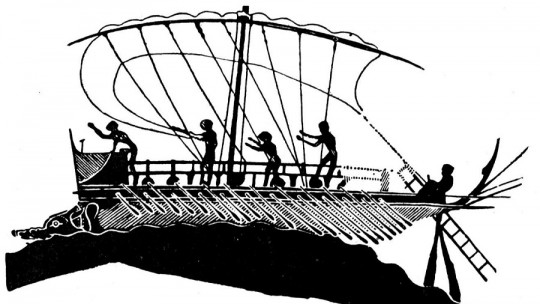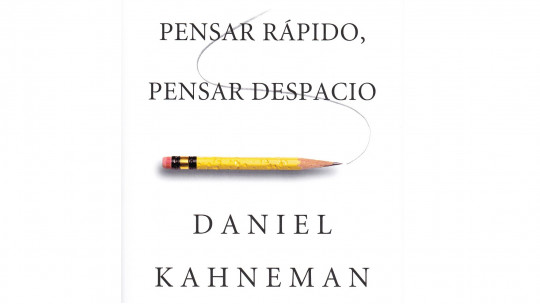
Do you know what a review is? Have you ever written one? Basically, it is constructive criticism about a work, which can be: a book, a movie, a video game… But what are the parts of a review?
In this article, in addition to explaining what a review is, We explain what its parts are and what each of them consists of Finally, we propose a series of guidelines to prepare a good review.
What is a review?
Before explaining what the parts of a review are and what characteristics each of them has, let’s explain what a review consists of.
A review is a writing or informative text about a literary or cinematographic work … It is a constructive criticism of it, a kind of evaluation, which can be positive or negative (depending on its author).
Its extension is rather short. In it we can find different elements of said work: summary, ideas, concepts, relevant aspects, comments, analysis… In addition, we also find the personal opinion of the author of the review itself.
Reviews can vary greatly from one author to another, depending on its typology and also depending on the work in question that is being analyzed. However, the parts of a review are usually the same every time (although there may be small variations from one review to the next).
Parts of a review
Now, let’s see what the parts of a review are, as well as its fundamental characteristics.
1. Title
The first part of the review is the title The title usually includes a short phrase that somewhat summarizes the work being analyzed; The ideal is that it is not very long, that it has a certain impact on the reader and that it awakens curiosity to read the review.
On the other hand, it is advisable that the title is not simply the title of the work discussed, but that it be accompanied by other words (we should also avoid using the title “review” without further ado).
2. Header or technical sheet
The second part of a review is the header or technical sheet (also called bibliographic reference). Here we will find the title of the reviewed work, as well as its relevant data, such as:
The data in the technical sheet will be organized following the citation rules for bibliographic references, specific to each sector.
3. Summary of the work to be reviewed (comment)
The third part of the review consists of a kind of “synopsis” of the work or movie in question. Thus, he describes the original work, in a summarized way. It includes data such as: background of the author, objectives of the work, sources, structure, content, techniques used, etc. The order of presentation of these elements may vary from one author to another.
Let’s see, in summary, what each of these elements included in the summary consists of:
3.1. Background
The background includes relevant data on the author of the reviewed work; For example, topics that you usually cover, languages that you master, works previously done, professional career, etc.
3.2. Strategies
Strategies are the methods and techniques used by the author of the work to carry it out. It includes the investigations carried out, the phases to collect information, etc.
3.3. Sources
Much of the information that the author collected to carry out his work comes from them.
3.4. Aim
The objective is the purpose of the work, its purpose. What did the author intend to achieve with her work?
3.5. Content
Here the author of the review explains the theme of the work, its plot, the events that occurred in it, etc.
3. 6. Organization / structure
Finally, in the organization or structure we find the order of the events of the work (chapters, scenes, maps, etc.).
4. Critical commentary on the work
The next part of a review is the critical commentary on the work; It consists of a series of explanations and arguments to “defend” or “praise” the original work, or on the contrary, “criticize” it.
It would be a kind of argumentative text, and it constitutes the most important part of the review. Here the author analyzes the work critically (both positively and negatively), and exposes his arguments or ideas to do so. That is why in this part the arguments take on very important weight (these must be solid).
So, In the critical commentary, the weaknesses of the work are highlighted as well as its strengths
5. Conclusions
In the conclusions section, another part of a review, The previous information is included, but in a summarized form, and with a series of comments or added ideas that the author extracts logically based on his arguments and the work itself.
That is, the opinion and judgment of the author is included, referring above all to the weaknesses and strengths of the work already mentioned.
6. Recommendations
In this section, the author of the review includes his/her point of view regarding whether or not he/she should recommend said work Additionally, you can also recommend your own review and explain why. Regarding the work, in this part the author includes the reasons for seeing/reading/listening to it, or the reasons not to do so. It is a very personal section.
7. Identification of the reviewer
The last part of a review is the identification of its author Relevant information about him or her is shown here, including his or her professional career, other reviews made, etc.
Their contact information is also included (e-mail, social networks, Internet profile…), all depending on the author’s own choice. Including your contact information makes it easier for readers to comment or respond to your review.
How to make a good review?
We have known the different parts of a review, but would you dare to write one?
Are you considering writing a review, or do you simply want to improve the reviews you already write? We propose some tips or steps that can help you write a good review (the ideal is to follow them in order):
You can now submit your review!








